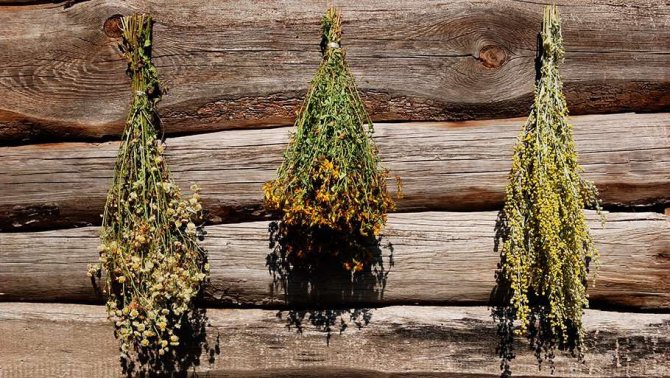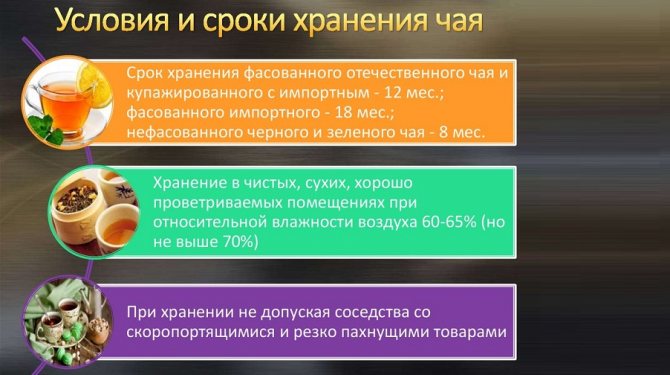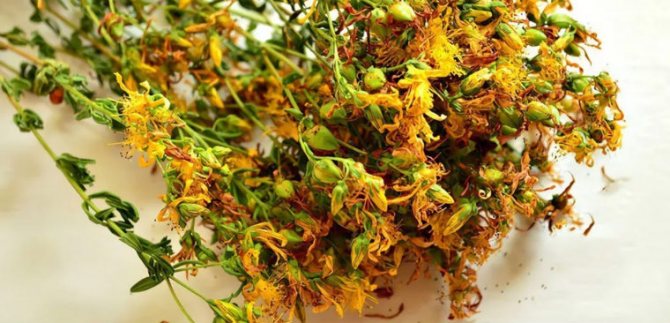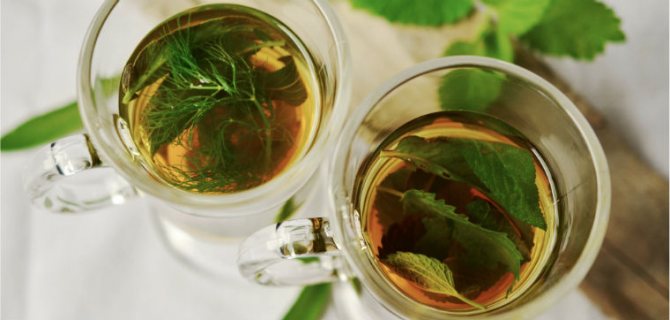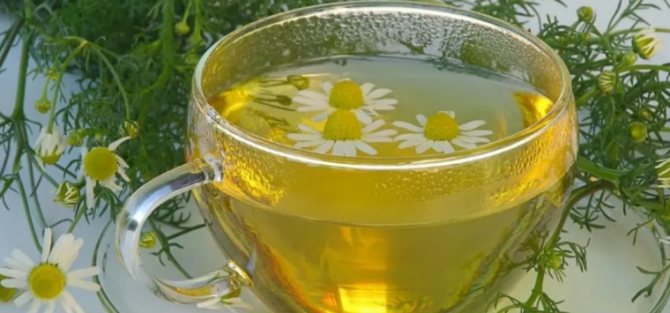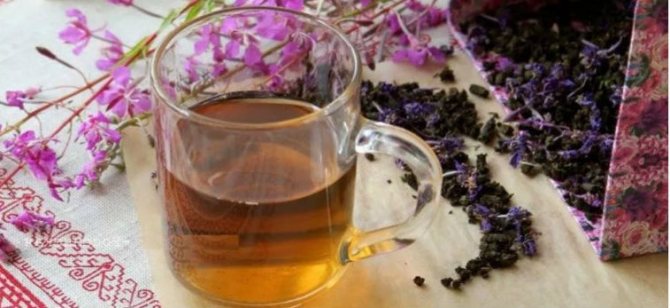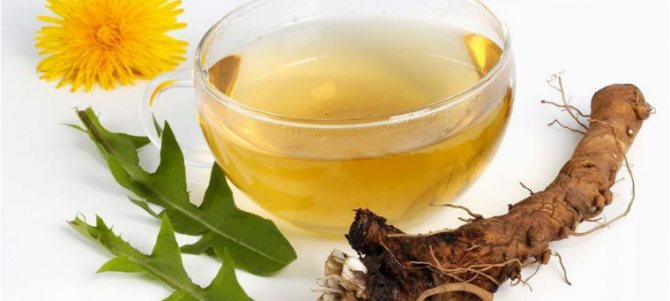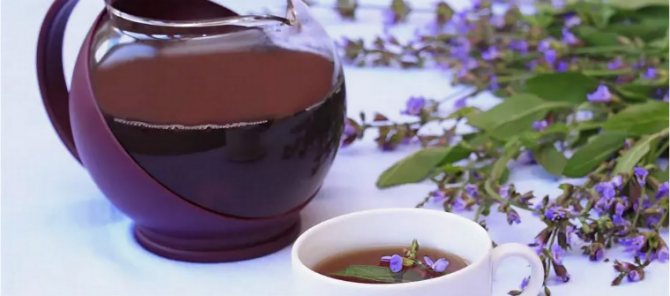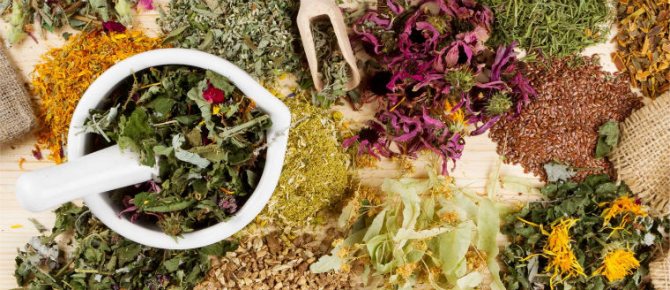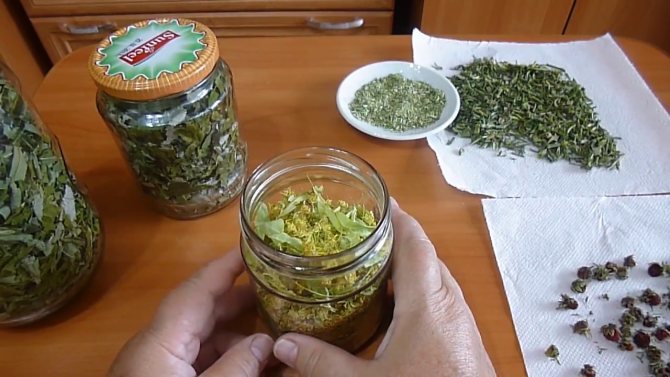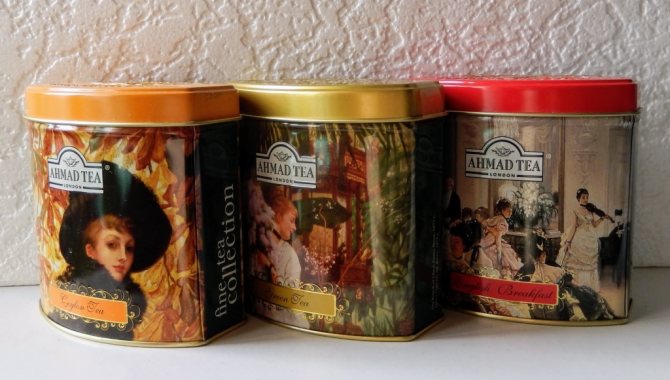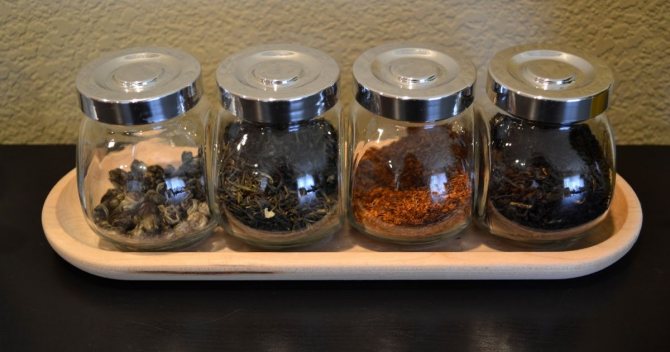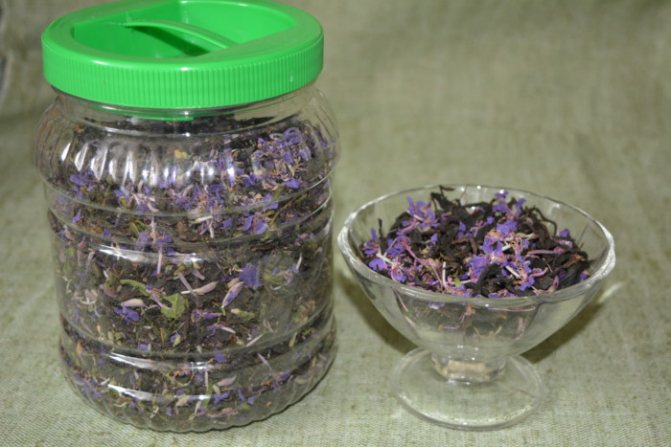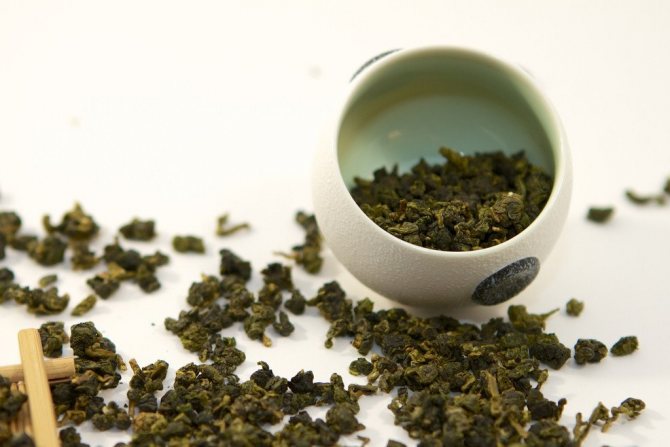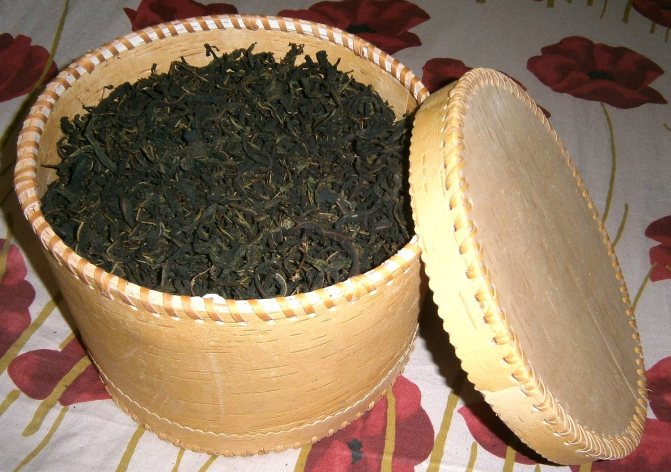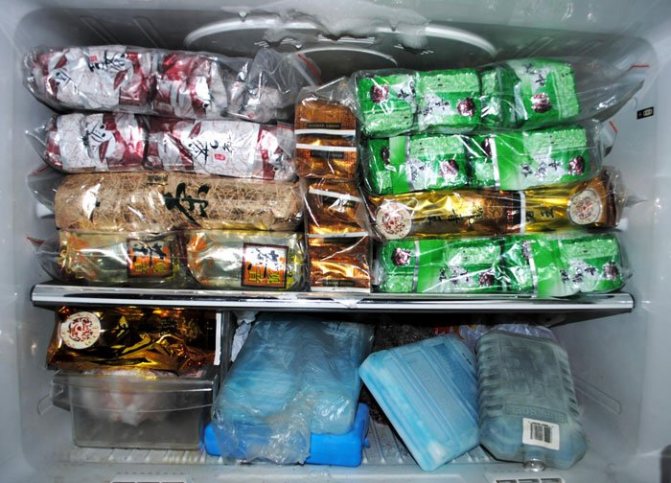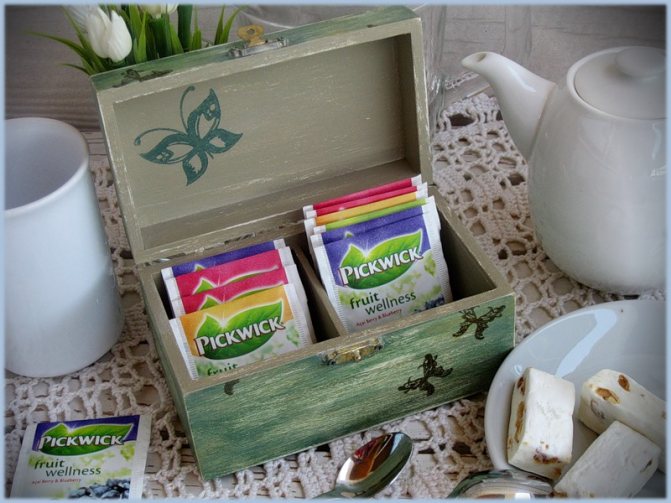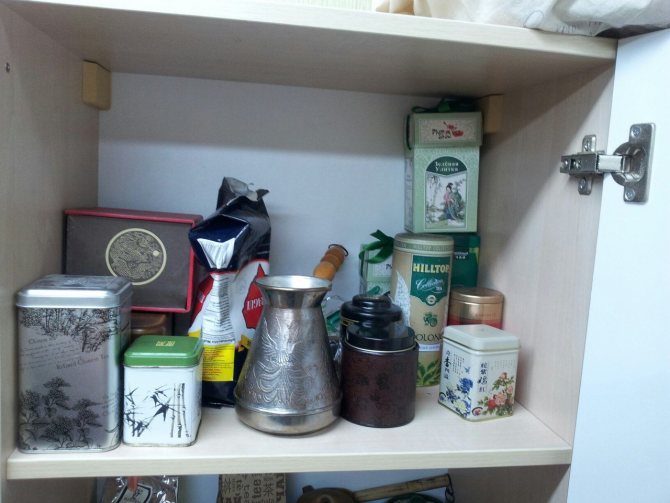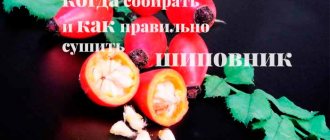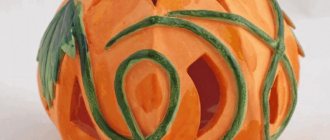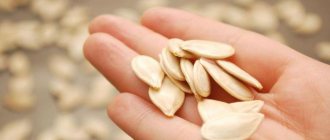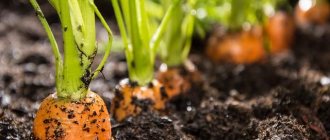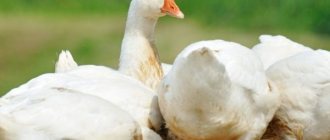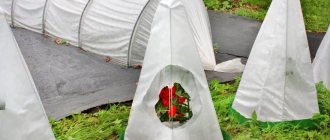20.07.2017
Experienced herbalists know when which plant gains maximum strength, how to harvest it correctly, preserving live energy. Is it really that important? It turns out, yes. Herbs that are expired, damp, and have lost their natural aroma, if they do not harm health, will definitely not bring any benefit. We suggest talking about how to store them correctly.

In the old days, herbs were stored in boxes, clay pots, or tied in bunches and hung from the ceiling.
Harvesting herbs
It takes several weeks for the grass to dry properly. During this time, it is necessary to constantly monitor the process, and to do certain manipulations with the plants. To preserve the greatest amount of nutrients, this is the only correct option.
Harvesting herbs looks like this:
- The herbs should be picked early in the morning. Best of all - when the dew has already evaporated.
- Sort the plants by type. All defective or broken parts must be removed.
- Separate the parts that are useful to you - seeds and roots or leaves and stems. Such manipulation is not necessary if you are going to use one plant entirely.
- Rinse each branch well, thereby removing insects, soil from the stems and leaves. If the area has been treated with chemicals, then the impurities of the chemicals will also be washed off.
- To remove most of the water, gently shake off the washed plants.
- Spread out on a cloth or paper towel in a thin, even layer. The underlying material must necessarily absorb moisture well.
- Place all this away from direct sunlight, in a well-ventilated area, on a flat surface.
- As soon as the main moisture comes out, collect in bunches. Wrap with a thin thread, make small bouquets.
- In a suitable room, hang the bundles with the leaves down on the rope. It is desirable that there are no bugs access here, and there is good ventilation.
- We are waiting for the herbs to dry.
homemade spices and teas
You can collect and dry herbs for tea and cooking all year round (you just need to know in which month each of the herbs is at the peak of its nutrient content, and this information can be easily found by scoring in the search for "herbal collection calendar").
The best period for harvesting most of the plants is the flowering period (that is, June-July), in August most of the field herbs are already drying up, but the garden herbs (mint, basil, rosemary, parsley) are quite suitable for harvesting and drying.
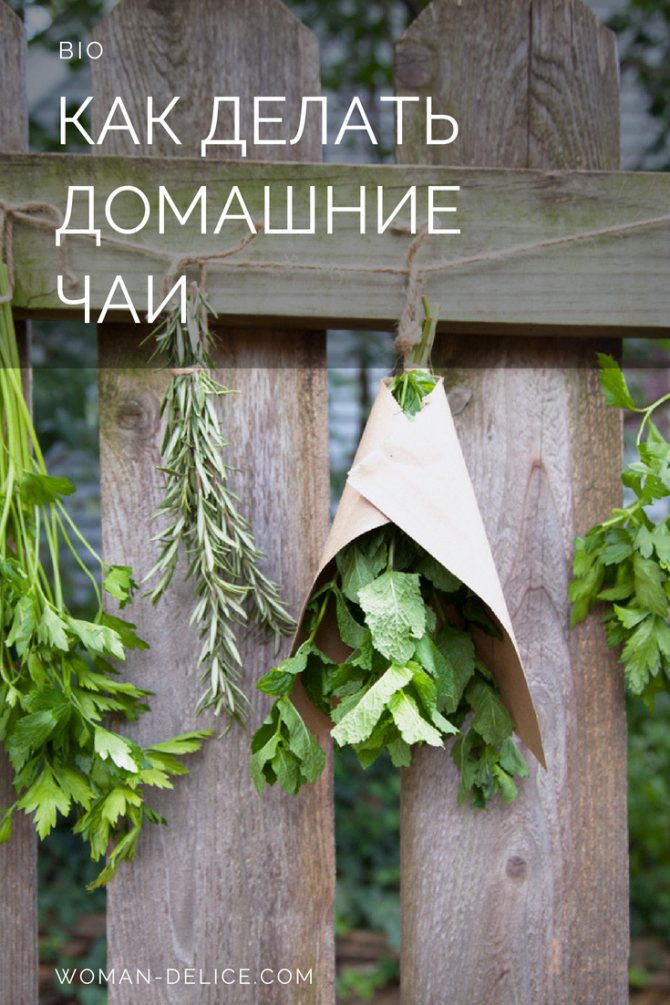

The classic way to dry herbs is to hang them in a room where air circulates and there is no direct sun (it was not in vain that herbs were dried in the attic in villages). Drying herbs on the windowsill is a bad idea - the recumbent stem and leaves are blown unevenly, and mold can develop on them, and the direct rays of the sun cause terpenes (volatile aromatic substances) to evaporate from the herbs during the drying process, which give the grass its aroma.
Drying grass in the kitchen is also not the best option, as high humidity and odors will negatively affect the process.
Glass jars
Glass is a neutral material. The lid should also be glass or metal. No plastic plugs or caps! Otherwise, you will get tea with a plastic smell.
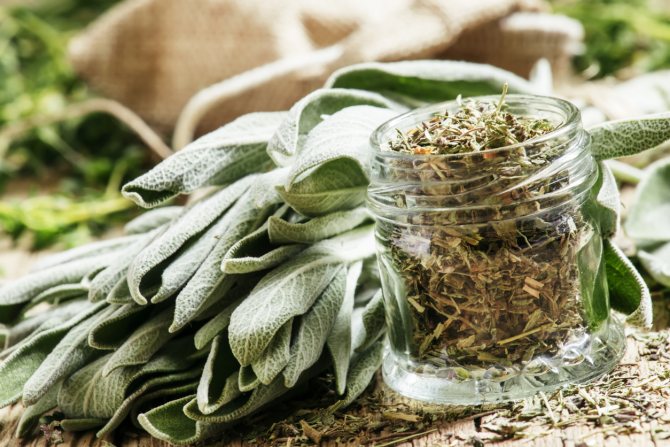

You want to put jars with fragrant contents on an open shelf for beauty.Small jars are great for herbs that are used as a condiment. Think about how many times you will have to wipe them.
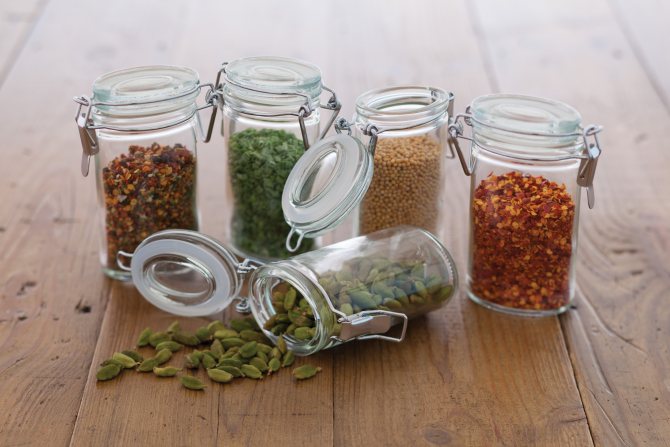

Benefits of professional packaging
Storage problems fade into the background if you purchase pharmaceutical herbs and herbal teas from a trusted manufacturer, such as.


Zip-lock ensures herbal tea storage is sealed
The products are packed in accordance with GOST - in tight, securely glued cardboard boxes, flexible vacuum bags with a zip-lock fastener. The date of collection of raw materials, shelf life is indicated on the product, so it is easy to navigate whether the herb or tea is suitable for consumption or not.
Storage periods
Most herbalists and herbalists agree that the maximum healing effect of the plant is within a year after harvest. The roots, fruits, in which the active substances are presented, as a rule, in a concentrated form, retain the healing properties for a longer time. The shelf life of pharmaceutical phyto-raw materials varies and depends on the type of herbs, the stability of the biologically active components present in them.
- Leaves, buds, buds can generally be used within 1-2 years after harvest. Although chamomile flowers, calendula, chaga mushroom are recommended to be renewed every season.
- Roots, tubers, bark do not deteriorate for 2-3 years. There are also "long-livers". So, the rhizomes of burnet, cinquefoil, licorice, orchis tubers, oak bark, buckthorn retain medicinal properties for 5-6 years.
- Fruits and seeds are also not advised to be stored for more than 2-3 years.
If there are expired stocks of medicinal herbs, do not rush to throw them in the trash can. Of course, you should not take them inside, but you can make a fragrant bath.
In the oven
This method is considered classic. If a small amount of herbs needs to be dried, a conventional oven is used. Its advantage is that it gives off heat to the plants slowly and evenly. Usually the stove is not heated specifically to dry the herbs, but the heat after cooking is used. The temperature inside the structure should not exceed +60 ° С. The main disadvantage of this method is the inability to regulate the temperature and improve air circulation. Stoves are also used when large quantities of herbs need to be dried.
When to collect
Why do herbalists prefer to pick plants in early summer - in the month of June? It is believed that by this time the aboveground part of the plants has gained its maximum strength and it contains the highest concentration of the components of the composition. Of course, this rule does not apply to all plants. Some, for example, celandine, can be harvested from May to September, others, for example, burdock (root) - in early spring or late autumn. In addition, in June, the herbs bloom actively, and the aroma is very important for tea, which is concentrated in the inflorescences.
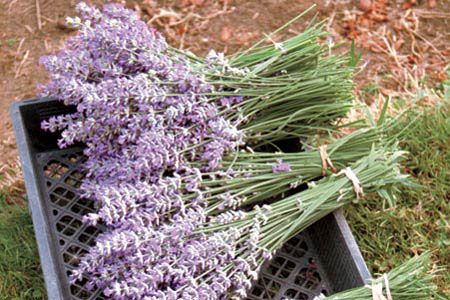

Suitable for harvesting healthy plants without rot, black spots and rust
Some herbs can be harvested several times during the entire growing season. These are nettles, clover, St. John's wort. These plants can grow back quickly after cutting and produce juicy young shoots and even bloom.
Grasses are harvested in the morning, when the dew has left them and the flowers have blossomed. The plant is cut to the lower leaves with a knife or plucked so as not to damage the root. Inspect it, remove stained leaves, dried flowers, insects, rinse in water, if necessary, and lay out to dry. If the plant has rough stems, only leaves and inflorescences are usually harvested from it. You cannot collect all the leaves and flowers from one plant, otherwise it will die.
Rules to sew pants 1-2 sizes smaller
Strongly wide trousers are recommended to be sutured from two sides at once: from the sides and along the step seam. This will help to avoid the appearance of distortions and "extra" folds. In the latter version, the belt will have to be ripped off.The second step is to unpick the seams in the places of future suturing. Try to sit down to make sure the pants are free of pull and are comfortable for you. At the last stage, the pants are sewn along the basting line and processed on an overlock.
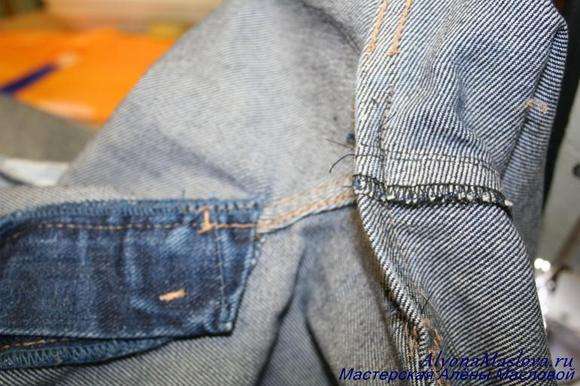

Mint
Peppermint contains a large amount of menthol. This substance increases perspiration and has a cooling effect. Therefore, it is good to drink mint tea during colds.
Mint leaf drink has other beneficial properties:
- eliminates bloating;
- helps to cope with nausea, which is especially valuable for pregnant women;
- relaxes the muscles of the throat and chest, relieving dry cough;
- makes breathing fresh by destroying bacteria that live in the oral cavity;
- promotes the outflow of bile;
- reduces appetite;
- soothes the nerves.
It is best to use fresh leaves for making mint tea, but dry leaves will work as well. Pour 1 tablespoon of chopped raw materials with a glass of boiling water and leave for 20 minutes.


Preparation
For harvesting, the grass must be properly collected. Pick them off before they bloom. Later, it is also possible, but the aroma will be much weaker. Harvest the plants early in the morning, while the dew is on the leaves. Plants picked after lunch will wither faster. It is important to know the rules for collecting certain types of herbs. For example, chives grow actively both in spring and summer. Therefore, feel free to cut it to the very root. Remove parsley leaves with stems, and remove basil leaves without them. You can also buy the herbs you need at the market or grocery store.
How to properly suture women's flared trousers?
After separating the belt from the trousers, it will be possible to reduce the waist by increasing the existing undercuts, laying new ones and pinning the tops. Sew wide pants as follows. Rip off the belt, remove the excess from the sides. Pass the top of the pants with a basting seam and gently squeeze to the desired size. This will require precise measurement and careful sweeping. Try it on, if everything is fine, then make the final seam and iron.
Today one reader asked me a question: “… today I was faced with such a task as suturing trousers. Sewed trousers, but they are large in volume. In the event that the pant leg is sutured only from the side seam, then there is a risk of distortion. 2. Next, you need to rip up the trousers in the desired area (if you need to take it not into the fold, but from one side). Tell me, if you need to reduce the trousers along the middle of the trousers, or the seam of the seat, how to say it more correctly.
In the event that you need to sew in no more than two sizes.
Melissa
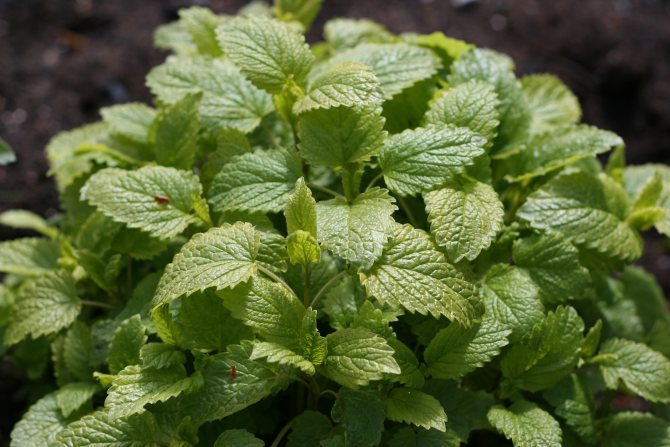

Melissa officinalis. Melissa officinalis
Lemon balm (Latin name Melissa officinalis) is often grown in the garden.
Melissa is a perennial herb. Propagated by seeds and dividing the bush. Lemon balm herb is harvested at the beginning of flowering, cutting off all the green mass above 10 centimeters from the ground. This pruning leads to active branching and the formation of new shoots. It reproduces well by self-seeding. Forming lemon balm thickets. You can order lemon balm seeds at this link.
Air drying
This method requires the right weather - hot and dry. In the open air, dry herbs only under a canopy. Its absence is allowed only for drying some plants, such as juniper, calamus, valerian. Spread the herbs in one layer on a baking sheet or wooden board. Place in the shade and turn once a day. This drying will take several days.
You can also dry herbs indoors. From the washed and dry twigs, make small bunches and tie them. Hang with leaves down and place in a dry and well ventilated area. The herbs will dry completely within a week.
How to sew pants correctly?
If everything is sketched correctly, then take off your pants again, unstitch unnecessary lines on them, then sew everything along the outlined lines.Sometimes the pants fit perfectly at the top, but the cut at the bottom doesn't suit you. You need to leave from 1 to 2.5 centimeters.
Further, a tape is put into it, you can put it in parts and each part is ironed from the inside out. As long as the final stitch is not made and the excess fabric is not cut off, you will always have the opportunity to unstitch the threads and rewind. Good pants, like any other clothing, should emphasize the merits and hide the flaws in the figure.
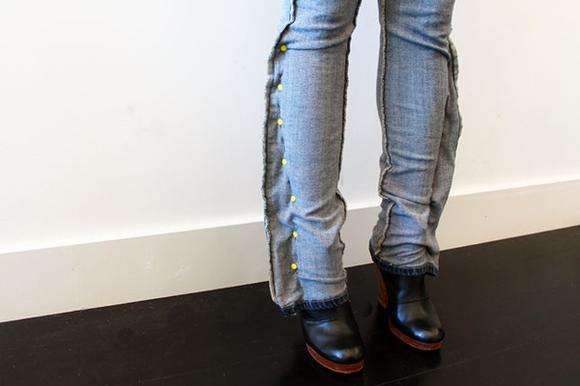

Tin boxes with lids
It was in such boxes that great-grandmother's tea was kept. Some families cherish tea boxes with the old-fashioned "b". No glue is used to fix the bottom and sides of the box, enough air enters the gap under the lid, the boxes “breathe”, but do not damp.


In Dya Doma stores there are sets with beautiful paintings. It is nice to display a composition of boxes of different sizes in the kitchen. It is easier to care for them than for pot-bellied jars.
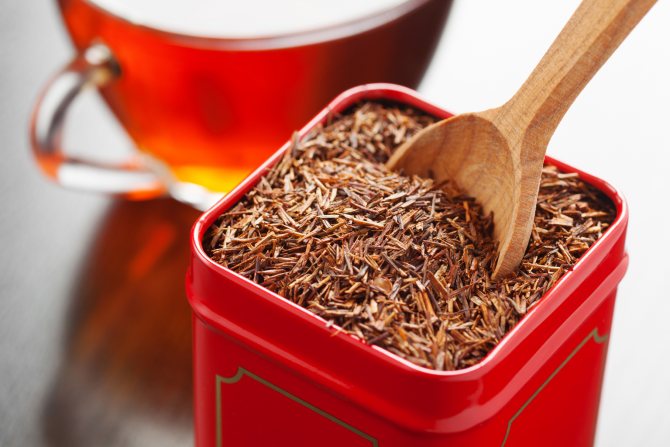

General rules for drying medicinal plants
Most medicinal herbs should be dried in the shade: under the influence of sunlight, the destruction of the beneficial compounds contained in them is accelerated and the natural color of the raw material changes. For some types of raw materials, drying in the sun is strictly prohibited; These include:
- any essential oil plants (thyme, oregano, mint and others);
- glycoside-containing plants (lily of the valley, adonis, bearberry and others);
- flowers and inflorescences (calendula, cornflower and others);
- large leaves (coltsfoot, plantain and others), nettle herb.
Flowers and inflorescences must not be dried in the sun
It is imperative to provide good ventilation: if you dry in a room, it must be ventilated; if you are using an oven, do not forget to leave the door ajar; if you have the opportunity to dry the raw materials in the oven, maintain the draft by leaving the damper half open.
Linden blossom
Linden flower tea has a rich taste with sweet fruity notes. It contains phytoestrogens, which behave like female sex hormones in the body. Consequently, when using such a drink, a woman's hormonal background normalizes.
Also linden tea has a calming, analgesic, anti-inflammatory and antipyretic effect. It is an excellent remedy for ARVI, influenza and other viral infections.
To make tea, pour 8-10 dried linden flowers with a glass of water heated to 90 degrees. Insist 15 minutes.



